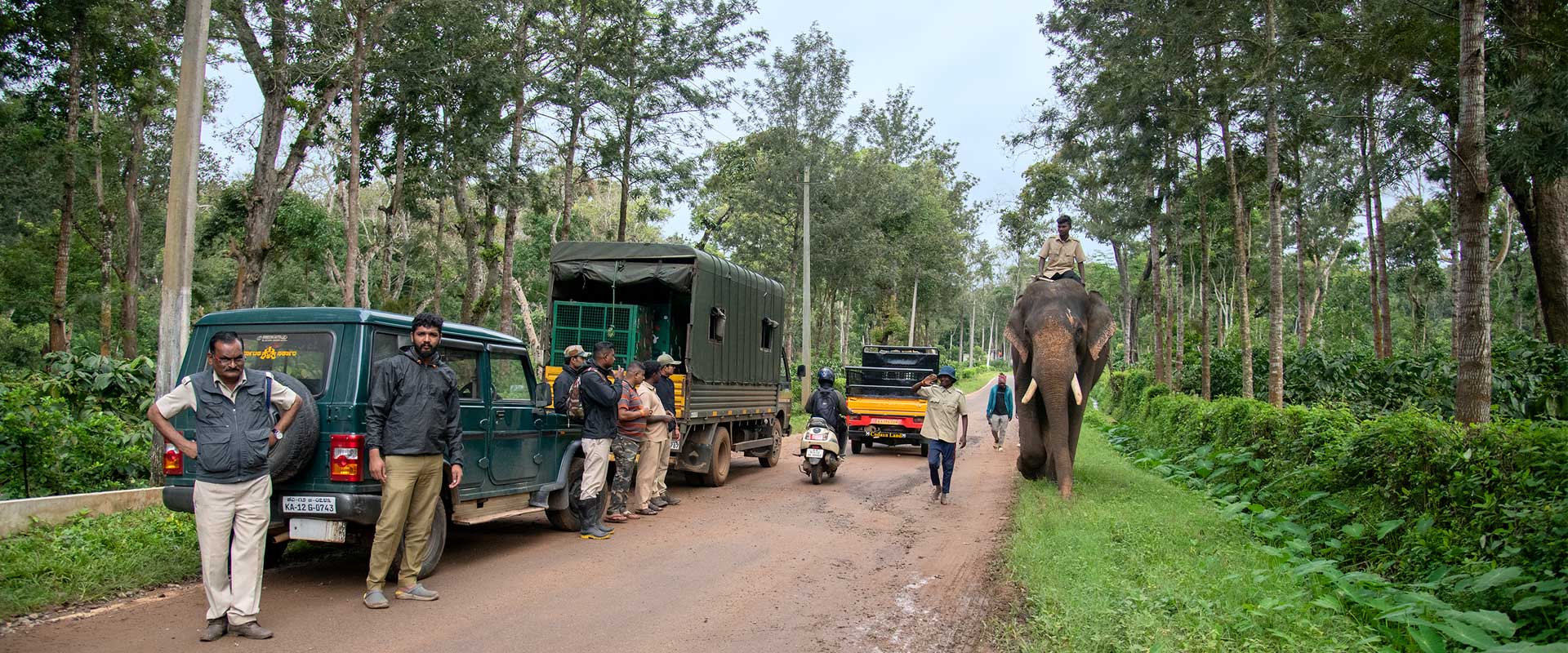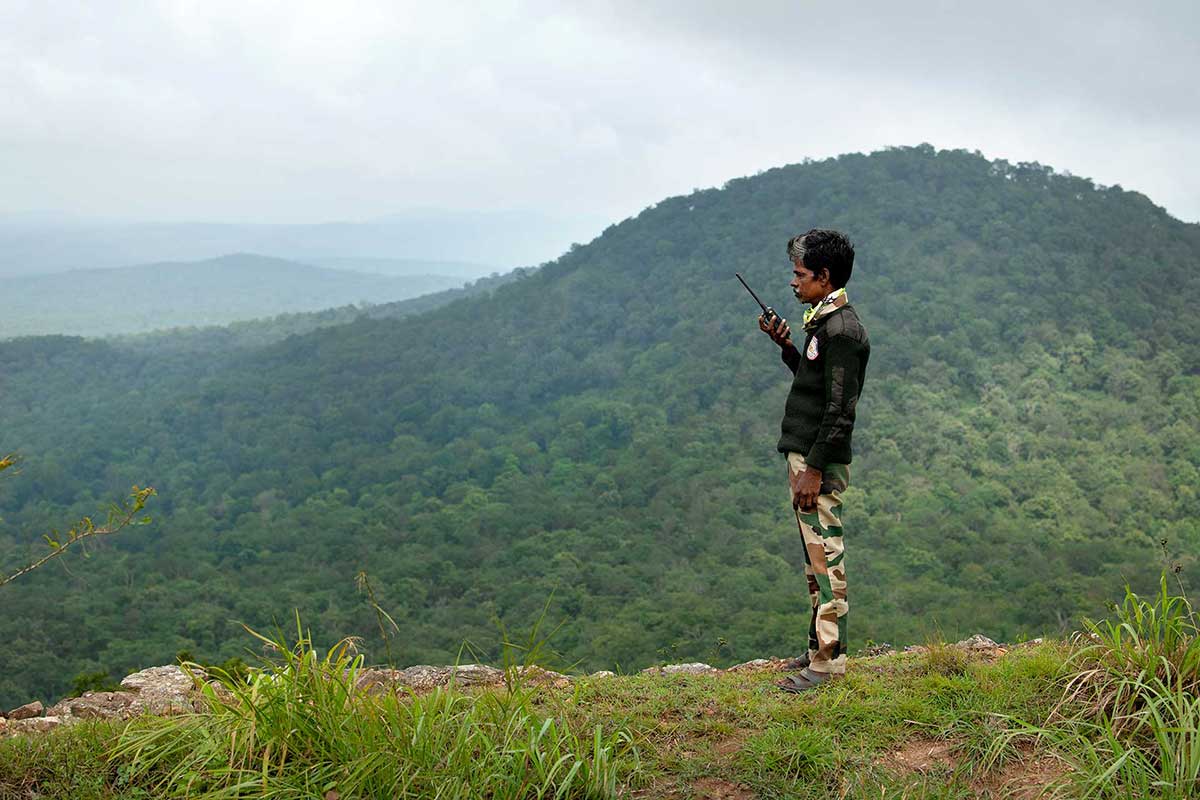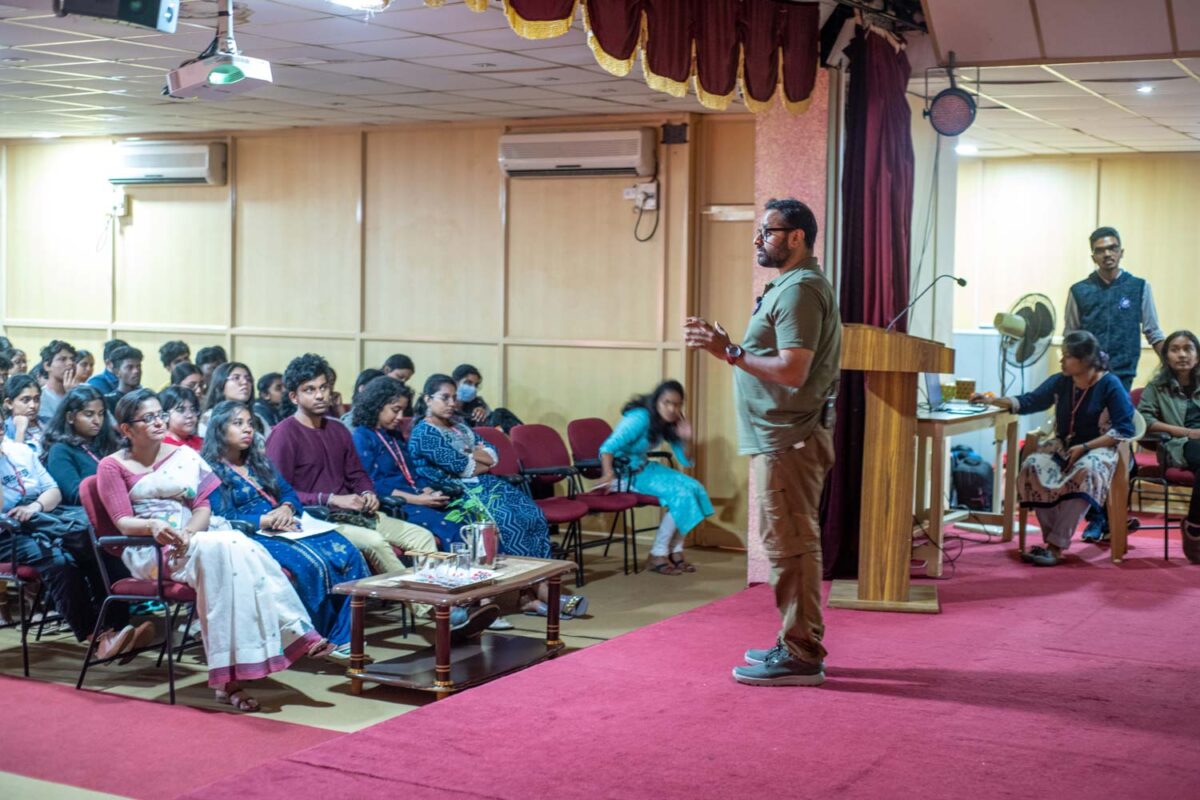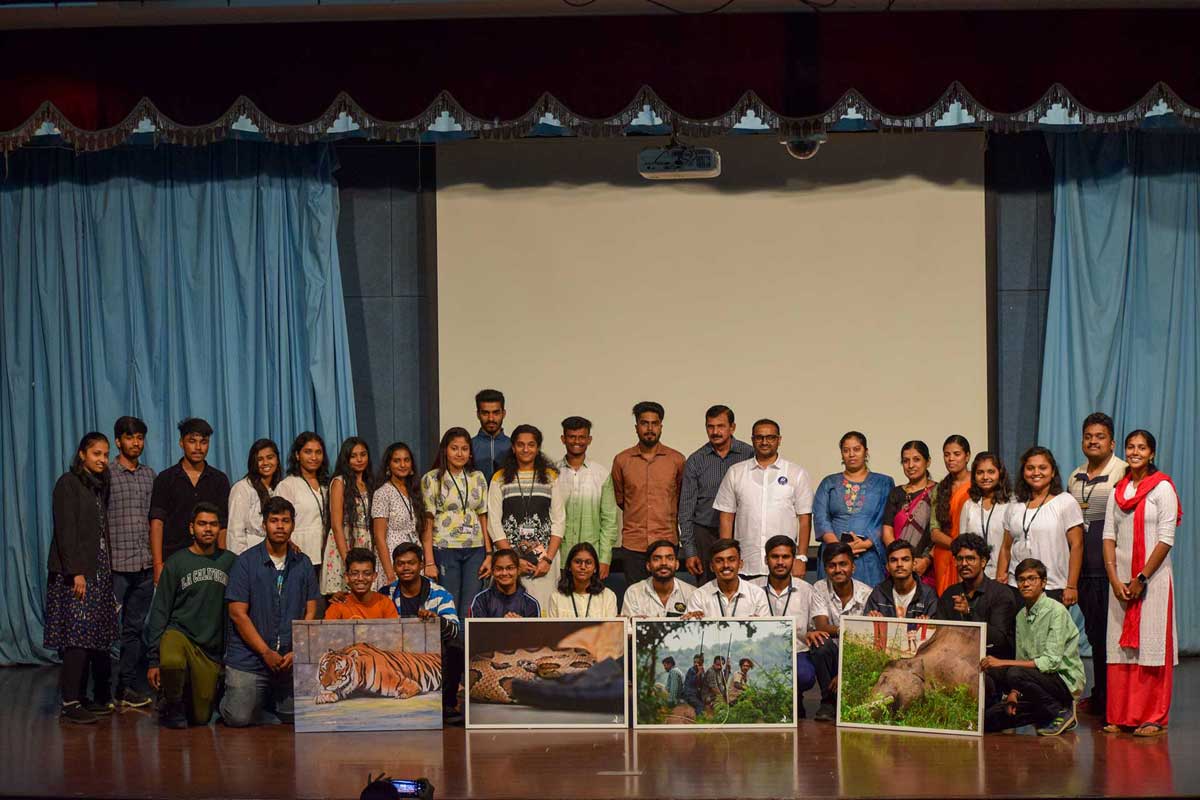“The Unheard Voice of Climate Martyrs” by Poornashree P

The recent death incident of the DRFO Sandesh, Karnataka Forest Department, has raised an alarm over the need to employ measures for safeguarding the forest frontline workers. The advancement in science and technology has indeed not yielded a weighted benefit to the frontline forest staff. The ignited thrill and enthusiasm among the activists, stakeholders, and general public pertaining to the issues concerning conservation of forests and wildlife, human wildlife conflict, protection of the rights of tribal groups, and a plethora of other issues can be witnessed in the recent past. In vain, failure prevails, considering the non-attendance to the core problem that calls to be solved.
The Forest guards / frontline staff being the direct stakeholders in the forest department, engage in dominant roles in order to achieve prominent goals and objectives. Their direct engagement in conservation issues is of primary importance. In order to extrapolate the status quo, the primary importance lies in being aware of the basic duties of the Front-line staff as per The Powers and Duties of Officers and Employees of Karnataka Forest Department.[1] The article focuses partly on the few duties that draw major concerns.
The Range Forest Officers are to undertake constant supervision and inspection, in order to keep the subordinates in strict path of duty. The officer is also strictly responsible for the timely disbursement of pay and allowances to his subordinate staff. The inspection of a Beat by the Range Forest Officer includes the inspection of the state of protection and the state of boundary lines and boundary marks of the reserved and other forests in charge of the Forest Guard. Evidence of illicit felling’s, Goat browsing, cattle trespass in closed areas, and the proper maintenance of sign-boards to indicate areas closed and open to grazing should also receive his attention. The Forester is directly responsible to the Range Forest Officer for the proper protection of the forests and other Government property included in his Section and for the execution of such works as may be ordered to be carried out in it. He is to, by frequent patrolling and perambulation of the Beats under his jurisdiction see that the Beat Guards maintain the boundary lines and boundary marks of forests in proper repairs and order and that illicit fellings, Goat-browsing, and grazing in closed areas do not take place in their Beats. The Beat Guard is to know the boundaries of his Beat thoroughly, prevent encroachment, protect his Beat against injury from fire or other causes. He/she is also primarily responsible to patrol the forests constantly in his Beat to prevent offences; where offences are detected, he must promptly submit First Information Reports to the Range Forest Officer and the Deputy Conservator of
Forests and assist the Forester and the Range Forest Officer in their further investigation. Direct intervention with wildlife and the forest, comes with graver responsibilities. The lower the hierarchical order of the ranks of the forest officials, the higher the risk they bear to endure the challenges of nature.
To have delivered the above-mentioned duties, which involve quite challenging tasks, there becomes a dire need for the protection of the staff in various issues. Considering the herculean tasks and the challenges that require different facets of actions, the officers are to be at most liberty to undertake actions and decisions without worrying about legal consequences. Fortunately, the Karnataka Forest Act, 1963 provides for the same.
According to Section 114 and 114A of the Karnataka Forest Act, 1963 provides protection of the forest officers for the act done in good faith. The section reads as, “Indemnity for acts done in good faith- No suit, prosecution or other legal proceeding shall lie against any Forest Officer for anything done or omitted to be done by him in good faith under this Act or the rules or orders made there under” With respect to entertainment of suits/prosecution against the forest offices, section 114A of the act provides substantial legal protection. Section 114A(1) reads as, 114A. Suits or prosecution in respect of acts done under colour of duty not to be entertained without sanction of the State Government in any case of alleged offence or of wrong alleged to have been committed by any Forest Officer, by any act done under colour or in excess of any such duty or authority under this Act, or wherein it shall appear to the court that offence if committed was of the character aforesaid the prosecution or suit shall not be entertained except with the previous sanction of the State Government.

For speedy disposal of cases, the committee recommended for the setting up of forest tribunals for expeditiously dealing with forests, wildlife, and environment-related cases. These are some of the recommendations of the five-member MOEFCC committee set up to improve the working conditions of forest staff. One of the pressing issues that the committee recommended was to have a field-based training and mock drills coupled with regular review and up- gradation of curricula to ensure better preparedness. This includes identifying site-specific threats using GIS tools and ranking the threat levels into three categories (high, medium, and low). “It is necessary to have standardized training modules, alongside special modules accounting for variations in challenges and socio-economic conditions unique to each state and landscape.
Advanced technology and adequate equipment must be at the disposal of the training institutions to ensure that the desired inputs are provided to the frontline staff,” the report states[2].
The implementation of the committee report is a dire requirement. The question with respect to its current status quo and the delay in its implementation, keeps lingering. The reply to the RTI application questioning the above, is stated below, “the committee has been received by the ministry and is same has been submitted for acceptance of the competent authority in the ministry. After the acceptance, the report will be provided to the State Forest Departments as well as applicant for information”.
Thus, it’s the high time to save the lives of the life savers.
[1] aranya.gov.in
[2] KS Varma committee recommends Rs 25 lakh ex-gratia to forest martyrs’ families, ET Government (indiatimes.com)


Poornashree P
Wildlife PhotographerPoornashree P is a fourth year law student from University Law College, Bangalore University. She has served as the Child Rights Leader under the CRL Program of CRY(Child Rights & You). She has also served as the legal intern under the Assistant Solicitor General of India, High Court of Karnataka and the Office of the Commissioner of Police, Bangalore City, and others. She is not a new name to the Bangalore MUN & Youth Parliament circuit. She has been in the circuit since 2019 and has won accolades ever since. Her passion towards photography stems from her enthusiasm in wildlife. As an enthusiastic wildlife photographer, she has attended several seminars and been a part of several expeditions across India. She believes that expeditions bring solace to her heart and you’ve to follow what the heart says.
Apart from her interest in photography, you can see Poornashree publishing and reading write-ups and essays on environmental issues, wildlife, Criminology and many others.
She is also passionate about painting and has won awards from the Chitrakala Parishad. All in all, Poornashree believes that everything is to be loved, and life is too short to have left anything unexplored.
Related Posts
Dwindling Indian Grey Wolves by Anupam Thombre
-
Posted by
 Anupam Thombre
Anupam Thombre
- 0 comments
Positive local perception of wildlife leading to new habitats for animals in Coorg.
-
Posted by
 Rahul M Suresh
Rahul M Suresh
- 0 comments
Importance of Forest Fire Awareness
-
Posted by
 Pavan Joshi
Pavan Joshi
- 0 comments
Call for Forest Conservation | Mount Carmel College Autonomous, Bangalore
-
Posted by
 Pavan Joshi
Pavan Joshi
- 0 comments
Distribution of summer caps | Forest Fire Season at Nagarhole Tiger Reserve
-
Posted by
 Pavan Joshi
Pavan Joshi
- 0 comments
Warriors of Vanam
-
Posted by
Sahithi.K
- 0 comments
Adavi Alert at “The Oxford College of Science”, Bangalore
-
Posted by
Sahithi.K
- 0 comments
CSR Activity at Castle Rock (Kali Tiger Reserve) – 2017
-
Posted by
 Pavan Joshi
Pavan Joshi
- 0 comments


